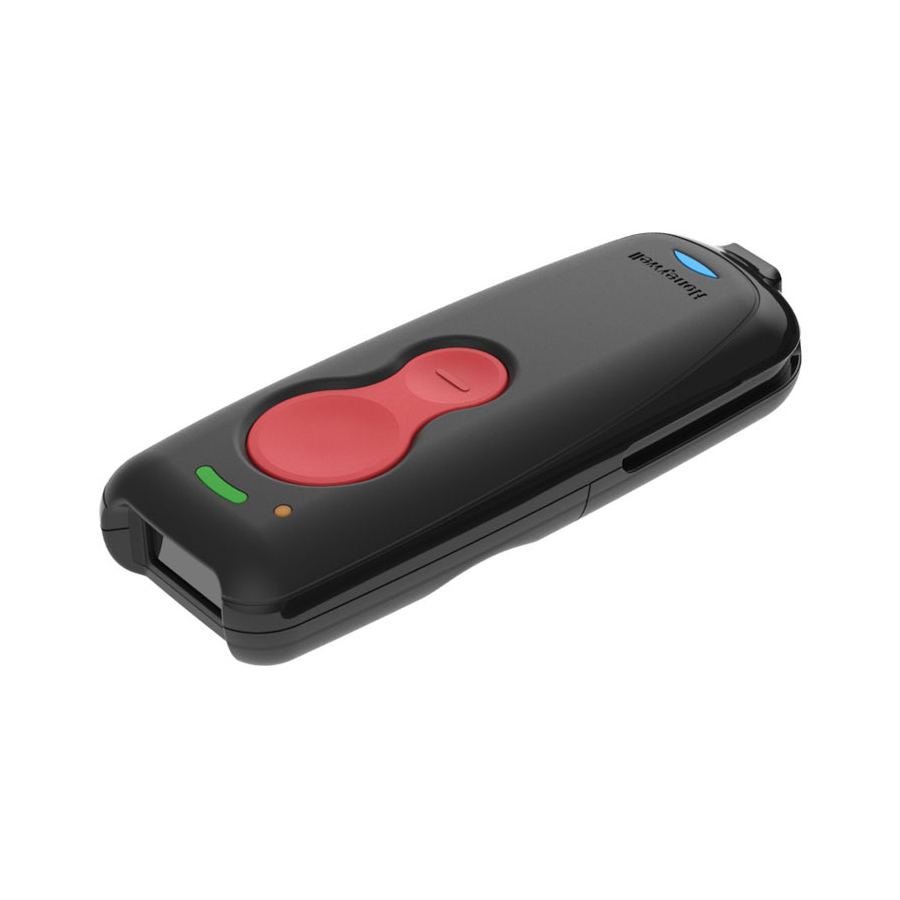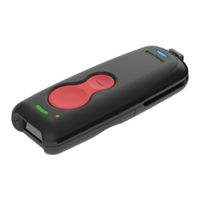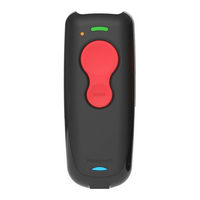
Honeywell Voyager 1602g Manuals
Manuals and User Guides for Honeywell Voyager 1602g. We have 5 Honeywell Voyager 1602g manuals available for free PDF download: User Manual, Quick Start Manual
Honeywell Voyager 1602g User Manual (245 pages)
Wireless Area-Imaging Pocket Wireless Area-Imaging Pocket Scanner
Table of Contents
-
-
-
Introduction26
-
Rs48539
-
Usb Hid41
-
USB Serial41
-
ACK/NAK Mode42
-
Xon/Xoff49
-
Ack/Nak49
-
-
-
Linked Modes63
-
Scanner Name68
-
Paging74
-
Page Mode74
-
Paging Pitch74
-
Batch Mode75
-
-
Codegate94
-
Aimer Delay97
-
Aimer Mode98
-
Centering98
-
Partial Sequence104
-
Multiple Symbols105
-
No Read106
-
Video Reverse106
-
-
-
Show Data Format117
-
Send Commands119
-
Insert a String122
-
Move Commands125
-
Search Commands126
-
Compare String130
-
Insert a Delay132
-
Discard Data132
-
Data Formatter132
-
-
All Symbologies137
-
Codabar137
-
Code 39140
-
NEC 2 of 5144
-
Code 93146
-
Matrix 2 of 5149
-
Code 11150
-
Code 128151
-
Gs1-128153
-
Telepen154
-
Upc-A155
-
Upc-E0158
-
Upc-E1160
-
Ean/Jan-13161
-
ISBN Translate163
-
Ean/Jan-8163
-
Msi165
-
Trioptic Code168
-
Codablock a169
-
Codablock F170
-
Label Code170
-
Pdf417171
-
Macropdf417172
-
Micropdf417172
-
GS1 Emulation174
-
QR Code175
-
Data Matrix177
-
Maxicode178
-
Aztec Code179
-
Korea Post187
-
-
-
Show Data Format189
-
Test Menu189
-
Totalfreedom189
Advertisement
Honeywell Voyager 1602g User Manual (204 pages)
Brand: Honeywell
|
Category: Barcode Reader
|
Size: 2.17 MB
Table of Contents
-
-
-
Introduction19
-
-
Rs48531
-
Usb Hid33
-
USB Serial33
-
-
-
Linked Modes49
-
Scanner Name52
-
Paging57
-
Paging Mode57
-
Paging Pitch57
-
-
Batch Mode58
-
-
Codegate73
-
Aimer Delay76
-
Aimer Mode76
-
Centering76
-
No Read82
-
-
-
-
All Symbologies101
-
Codabar102
-
Code 39104
-
NEC 2 of 5108
-
Check Digit108
-
Code 93109
-
Matrix 2 of 5113
-
Code 11114
-
Code 128115
-
Gs1-128117
-
Telepen118
-
Upc-A119
-
Upc-E0122
-
Upc-E1124
-
Ean/Jan-13124
-
Ean/Jan-8127
-
Msi129
-
-
Trioptic Code132
-
Codablock a133
-
Codablock F134
-
Label Code134
-
Pdf417135
-
Macropdf417135
-
Micropdf417136
-
-
UPC/EAN Version137
-
-
GS1 Emulation137
-
QR Code138
-
QR Code Page139
-
-
Data Matrix140
-
Maxicode141
-
Aztec Code142
-
Aztec Code Page142
-
-
-
-
Show Data Format153
-
Test Menu154
-
Totalfreedom154
Honeywell Voyager 1602g User Manual (204 pages)
Wireless Area-Imaging Pocket Scanner
Table of Contents
-
-
-
Introduction19
-
Rs48531
-
Usb Hid33
-
USB Serial33
-
-
-
Linked Modes49
-
Scanner Name52
-
Paging57
-
Paging Mode57
-
Paging Pitch57
-
Batch Mode58
-
-
Codegate73
-
Aimer Delay76
-
Aimer Mode76
-
Centering76
-
No Read82
-
-
All Symbologies101
-
Codabar102
-
Code 39104
-
Full ASCII106
-
NEC 2 of 5108
-
Code 93109
-
Matrix 2 of 5113
-
Code 11114
-
Code 128115
-
Gs1-128117
-
Telepen118
-
Upc-A119
-
Upc-E0122
-
Upc-E1124
-
Ean/Jan-13124
-
ISBN Translate126
-
Ean/Jan-8127
-
Msi129
-
Trioptic Code132
-
Codablock a133
-
Codablock F134
-
Label Code134
-
Pdf417135
-
Macropdf417135
-
Micropdf417136
-
UPC/EAN Version137
-
GS1 Emulation137
-
QR Code138
-
QR Code Page139
-
Data Matrix140
-
Maxicode141
-
Aztec Code142
-
Aztec Code Page142
-
Korea Post149
-
-
Show Data Format151
-
Test Menu152
-
Totalfreedom152
Advertisement
Honeywell Voyager 1602g Quick Start Manual (15 pages)
Wireless Area-Imaging Pocket Scanner
Table of Contents
-
Suffix8
Honeywell Voyager 1602g Quick Start Manual (16 pages)
Wireless Area-Imaging Pocket Scanner
Brand: Honeywell
|
Category: Barcode Reader
|
Size: 0.46 MB




